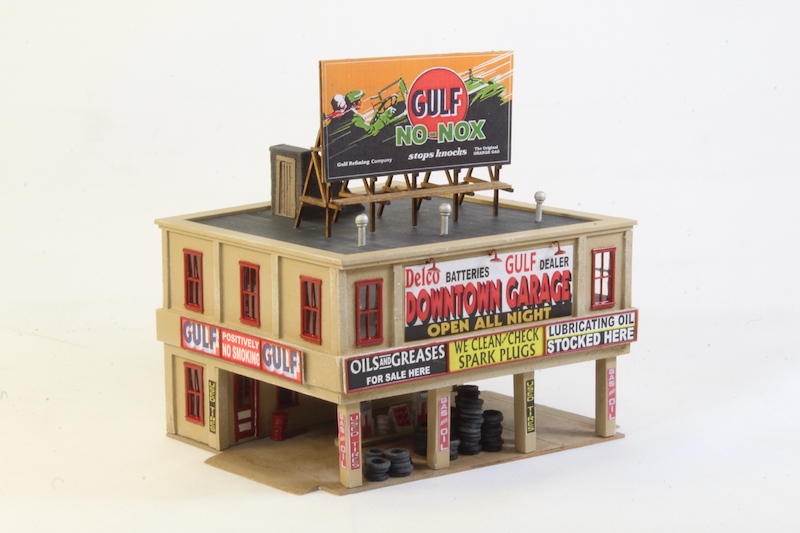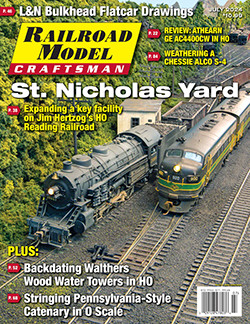By George Riley
By the early 1920s, gasoline-fueled automobiles and trucks had taken the place of the horse and buggy throughout the United States. Unlike their predecessors who only needed a grassy field and clean water to keep working, these new contraptions required gasoline and oil just to turn a wheel.
The adoption of these vehicles began in the late 1880s with the introduction of a few hand-built, experimental automobiles. At that time gasoline and oil could be obtained in small quantities from chemists and hardware stores. The first dedicated gas station was opened in St. Louis, Mo., in 1905, while the first service station where repairs could also be obtained opened in Seattle, Wash. Within two decades, gas stations blanketed the nation with one at literally almost every intersection.
The gas station rapidly grew from a tiny simple shelter with pumps and fuel tanks to much larger structures that not only included the fueling stands but also an indoor service bay and a complete inventory of repair parts. Bar Mills’ Downtown Garage is representative of this later type which gained prominence in the late 1920s and 1930s. The model is based on a scratchbuilt, freelanced structure designed and built by George Sellios for his well-known HO scale Franklin & South Manchester layout.
This structure represents a stucco-covered building from the early twentieth century. Stucco finishes gained popularity in the 1920s in both residential and commercial architecture. The material could be applied over nearly any substructure from lath on a wood frame to rough masonry substrate. Ironically, in model form, this type of construction is rarely modeled.
For the Downtown Garage Kit, Bar Mills has adapted laser-cut “laser board” which has a bit more texture than mat board to construct a truly three-dimensional model. This is achieved by laminating a series of precision cut parts over the main framing.
To provide internal stability, ample lengths of 3/16” basswood strips are provided for interior bracing. To further enhance the structure’s long-term stability, each of the laser board parts and the bracing were given a coat of lacquer-based sanding sealer. This helps prevent future warping of the walls…




